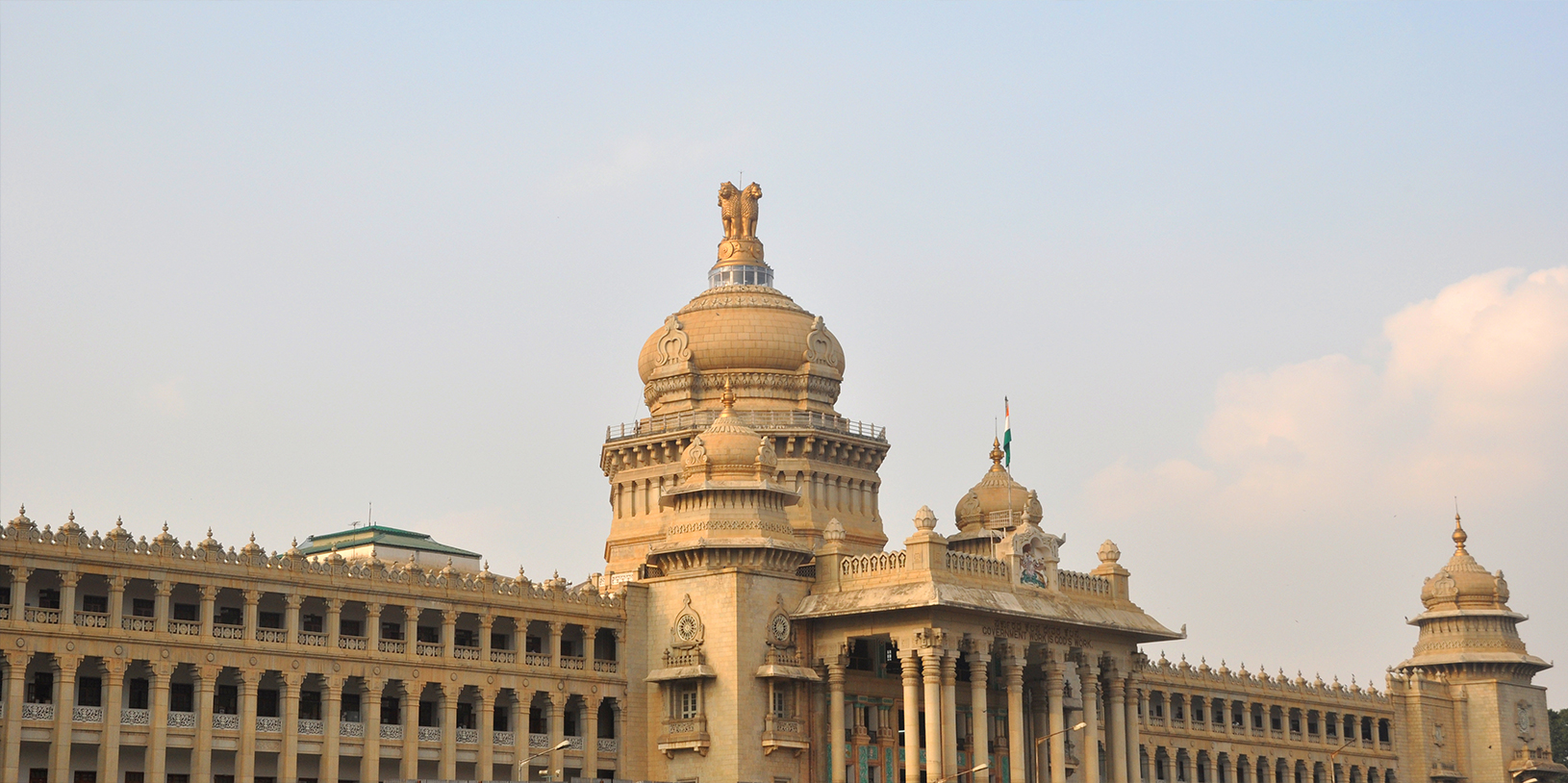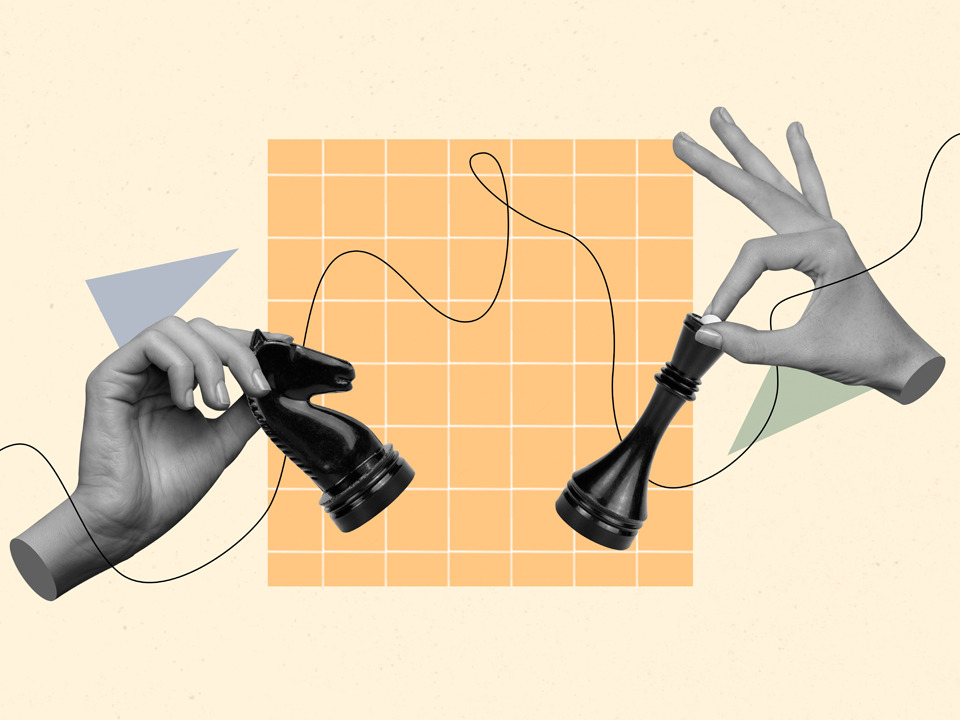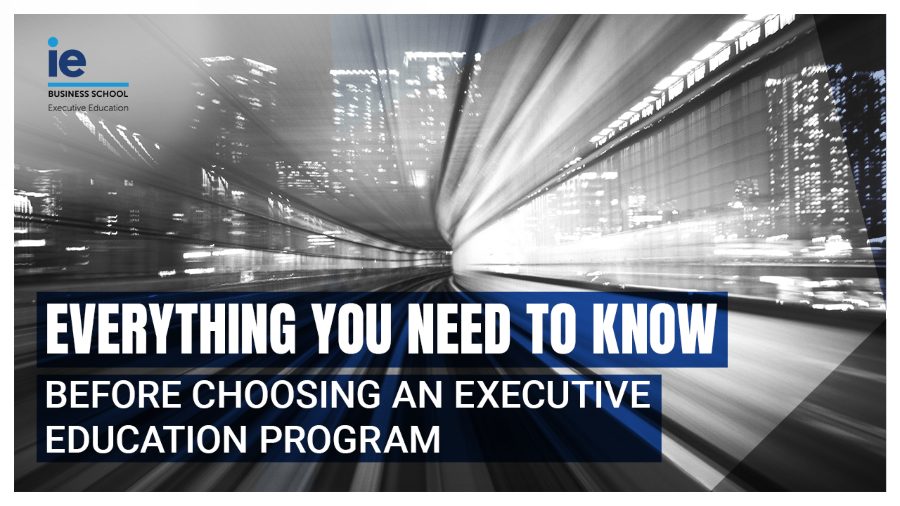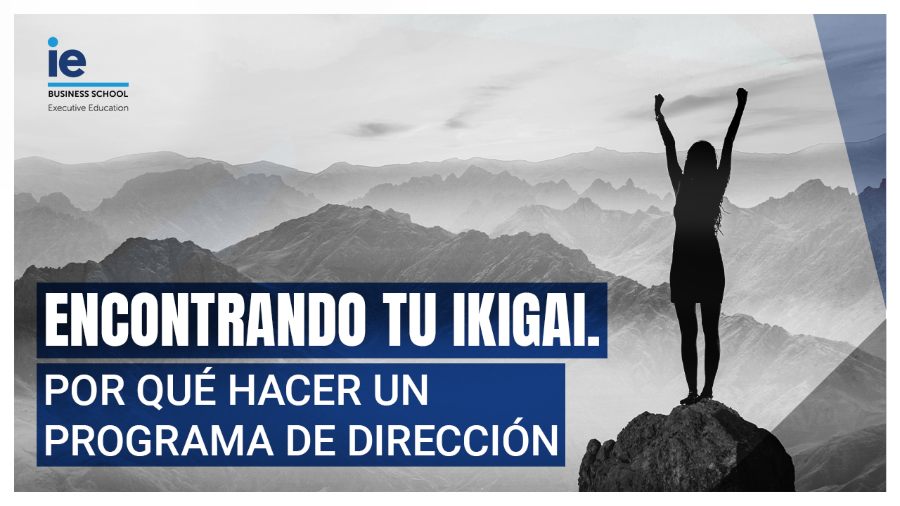India’s Aadhar Program and the Impact of ID and Fintech

ID is power
In many countries in Europe, a national identity document is a part of daily life. In others, in the United States, for example, Social Security numbers have taken the place of a national ID number and a Driver’s License as the most ubiquitous form of photo ID. In fact, in the United States, individual states requiring photographic identification to access the ballot box is considered by some to be cementing inequality and excluding populations. In the case of the US, according to the Brennan Center’s Adam Gitlin, “[e]stimates suggest that 11% of eligible voters in the United States lack one of the forms of photo ID that are generally required by these strict photos ID laws, and they are disproportionately black, Latino, low income, students and elderly voters.”
But, what if governments didn’t seek to exclude their most economically disadvantaged populations deliberately and empowered them to become part of the mainstream economy? That’s what New York Times columnist Thomas Friedman most admired in India’s Aadhar program.
What’s Aadhar?
In 2009, Indian tech entrepreneur Nandan Nilekani (who, as a disclosure, happens to be a friend of Friedman) began collaborating with the Congress Party who was running the Indian government at the time, to launch this digital identity platform. In Hindi, Aaadhar means “base,” with its name implying a common ground for all.
Friedman explained that “[e]very Indian, rich or poor, goes into a field office, has fingerprints and irises scanned into a biometric database and then linked to the individual’s 12-digit ID number with basic identifiers: name, address, date of birth and sex.” While The Financial Times remarked that the BJP Party expressed its distaste for the program during the 2014 election campaign, it referenced a UBS report that the program would not be prone to political risk. It turns out that Prime Minister Narendra Modi followed FT’s recommendation that the program stood around because, as Friedman pointed out, “…Modi continued and impressively energized the Aadhar project, bringing it today to 1.18 billion users, out of a population of about 1.3 billion.”
While we must acknowledge that, in the midst of introducing Aadhar, other entities have stepped in to fill the gaps for migrant workers, it appears that nearly three years after the publication of the article about the semi-official programs, Aadhar is close to reaching the scale needed to have near-universal adoption.
Aadhar as a gateway to getting banked and more services
Not only do we know that the Aadhar Card is close to hitting the entire Indian population, but there is a tangible economic benefit, as well as societal changes, stemming from the power of a mere ID. How does this work? For the poor, they can now get their government aid directly sent to them, instead of previously having intermediaries in mailing those benefits (members of the bureaucracy, postal workers, or even bankers) take a 30% cut of that money. As in many developing countries, the Aadhar card allows Indians to become part of the underlying trend of 2.5 billion people in emerging markets getting access to banking through cell phones.
When one considers that “[b]arely more than 40 percent of people in the developing world have traditional financial accounts[,]” this gives them more power than before. With their Aadhar ID number, Indians can open bank accounts, bypass those who could potentially pocket the government benefits that are rightly theirs, and have their bank accounts on their phones, “…from which they can buy, sell, transfer money and receive payments digitally anytime anywhere.” Besides surpassing the identity block that previously prohibited unbanked Indians from accessing formal financial institutions, this lets them come out of the shadow and take advantage of other services such as education, healthcare, etc. that their lack of identity impeded. That means initiatives like Aadhar are contributing to the lowering the over a fifth of the world’s population’s inability to prove their identity, according to a 2016 article by Let’s Talk Payments.
Aadhar transforming lives
We can get a sense of Aadhar’s impact in both the economic numbers and to understand how this program stacks up to other platforms on the world stage. Friedman talked to Mumbai-based McKinsey partner Alok Kshirsagar about how the program, albeit still in its early rollout phase, results in demonstrable gains:
There are already more than 30 percent productivity gains when digital capabilities are used in agriculture, transportation and manufacturing. We are in the early stages of a transformation that could generate as much as $1 trillion in economic value over the next seven to 10 years.
For the rural farmer, the ID number lets them walk into a local community center and print out a copy of the documents they may need for a more substantial financial transaction, say their land records or a birth certificate.
There are also stories like the one of a driver who gave his wife and son debit cards that he funds using his cellphone for them to have empowerment through access to their money, build savings, and in the case of his wife, not having to depend on her mother-in-law for cash.
And, most of all, Aadhar is disruptive. Consider this number: 1 billion users. What platforms do you know that have more than 1 billion users? Facebook, WhatsApp, Google? What do these platforms have in common? They’re private-sector platforms that came out of the United States. Aadhar, believe it or not, is also a member of this club, being the very first platform from outside the United States, and the first public-sector platform, to have more than a billion users. It also outpaced its private-sector peers in reaching that many users.
The moral of the story: Fintech is beyond blockchain
While the chatter around Fintech trends mostly focuses on blockchain and cryptocurrencies, the Aadhar program shows us how initiatives stemming from an ID number can lead to higher economic value for a country’s GDP and a better financial future for previously underserved (or unserved) parts of society. How? It’s through more financial empowerment, letting more people come out of the shadows of the underground economy through the digital and mobile banking revolution.
Want the tools to embrace all aspects of Fintech?
If you’re ready to mold yourself into a leader prepared to take on a VUCA-filled future, you can learn more about Leadership and Strategy in the Age of Disruption by downloading a copy of our informational booklet. If you’re ready to join our next intake, get started on your application.



